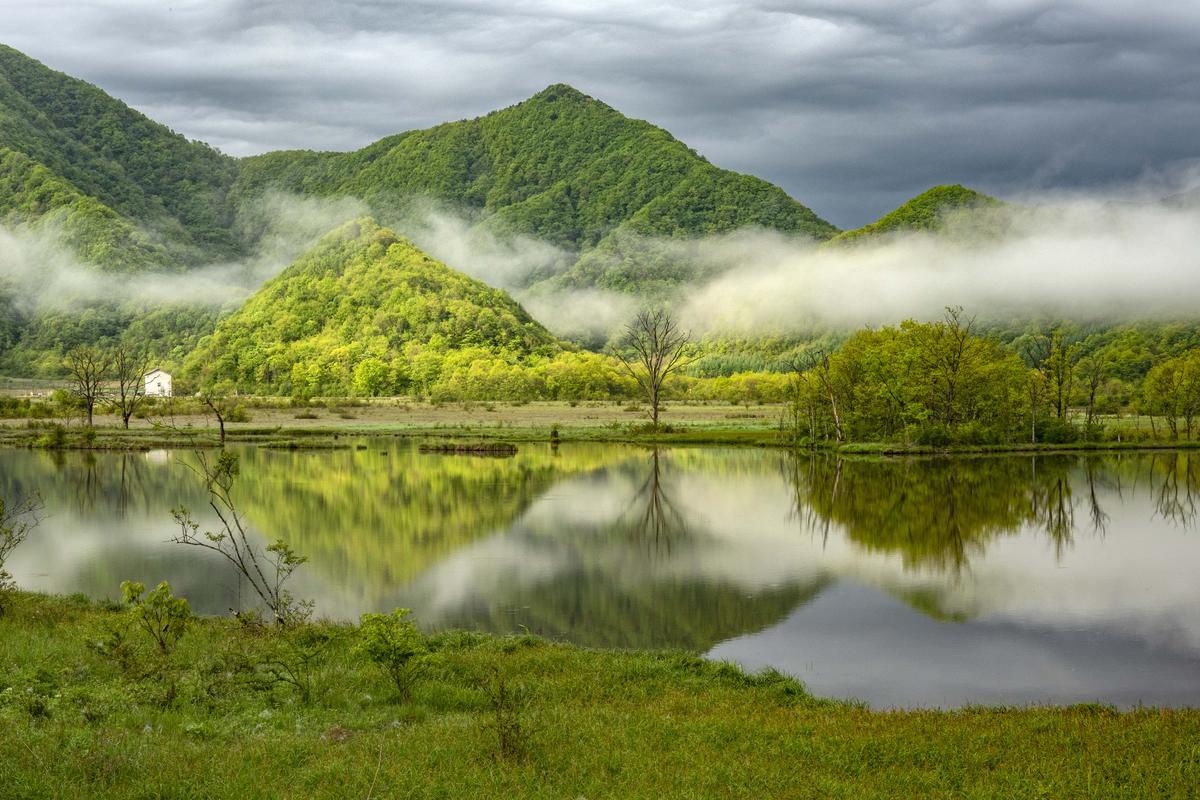**Exploring the Fascinating History and Geology of Lagoons**
Lagoons are fascinating bodies of water that are found all over the world. They are shallow, often enclosed bodies of water that are separated from the open sea by a barrier, such as a reef or sandbar. Lagoons come in various shapes and sizes, ranging from small, tidal pools to vast, inland lakes. They are not only beautiful and picturesque but also incredibly diverse in terms of their geology and ecology, making them an interesting area of study for scientists and nature enthusiasts alike.
**The Geology of Lagoons**
Lagoons are created when a barrier forms, trapping seawater on one side of the barrier and forming a lagoon on the other side. The barrier can be a natural formation, such as a coral reef or sandbar, or an artificial one, such as a seawall or breakwater. Over time, sediments build up on the bottom of the lagoon, creating a unique habitat for a variety of plants and animals.
The geology of a lagoon can vary depending on its location, but most lagoons are characterized by shallow water depths, soft sediments, and a high level of organic matter. The buildup of organic matter in the sediments creates nutrient-rich habitats that support a diverse range of marine life, including seagrasses, corals, and fish.
**The History of Lagoons**
Lagoons have a rich history that dates back thousands of years. They were often used by ancient civilizations for fishing, transportation, and trade. In some cases, lagoons were even used as places of worship and healing.
Throughout history, many famous lagoons have been the site of significant events and played a crucial role in shaping the culture and economy of the surrounding areas. For example, the Venetian Lagoon in Italy was a crucial trading hub during the Middle Ages and Renaissance, helping to establish Venice as a powerful city-state in Europe.
**Ecology of Lagoons**
Lagoons are unique ecosystems that support a diverse range of marine life. The shallow water depths and high levels of organic matter provide an ideal habitat for a variety of plant and animal species. Many lagoons are home to seagrass meadows, which provide an important nursery habitat for juvenile fish. Coral reefs also frequently form along the edges of lagoons, providing another important habitat for marine life.
Unfortunately, many lagoons around the world are under threat from human activities, such as pollution, habitat destruction, and overfishing. It is important to study and protect these ecosystems to ensure that they can continue to support a diverse range of marine life for generations to come.
**Conclusion**
Lagoons are fascinating bodies of water that are rich in history, geology, and ecology. From their unique geology to their important role in ancient civilizations, lagoons are an area of study that is both interesting and valuable. By understanding and protecting these ecosystems, we can ensure that they continue to provide habitat for a diverse range of marine life for years to come.
(Note: Do you have knowledge or insights to share? Unlock new opportunities and expand your reach by joining our authors team. Click Registration to join us and share your expertise with our readers.)
Speech tips:
Please note that any statements involving politics will not be approved.
